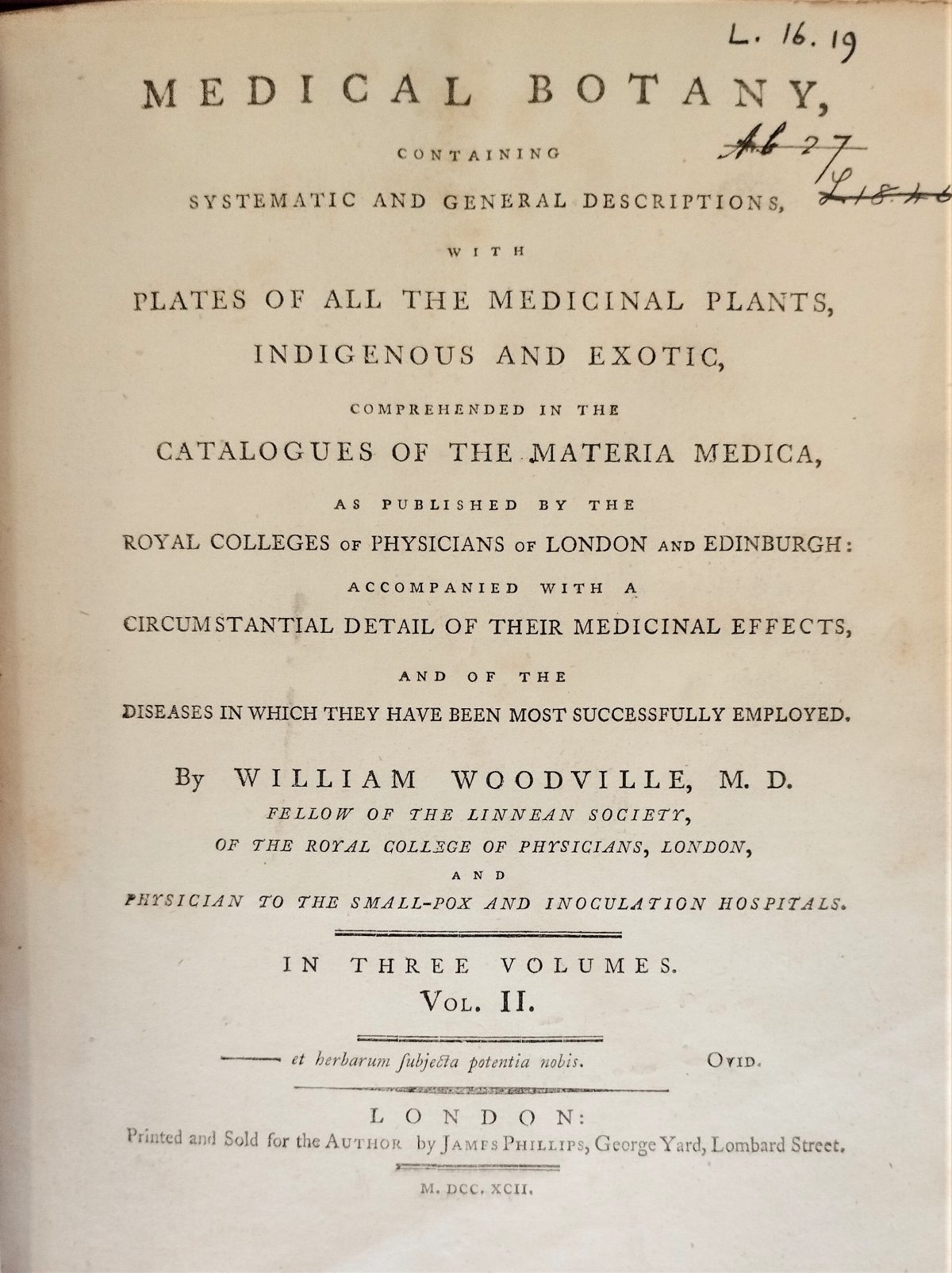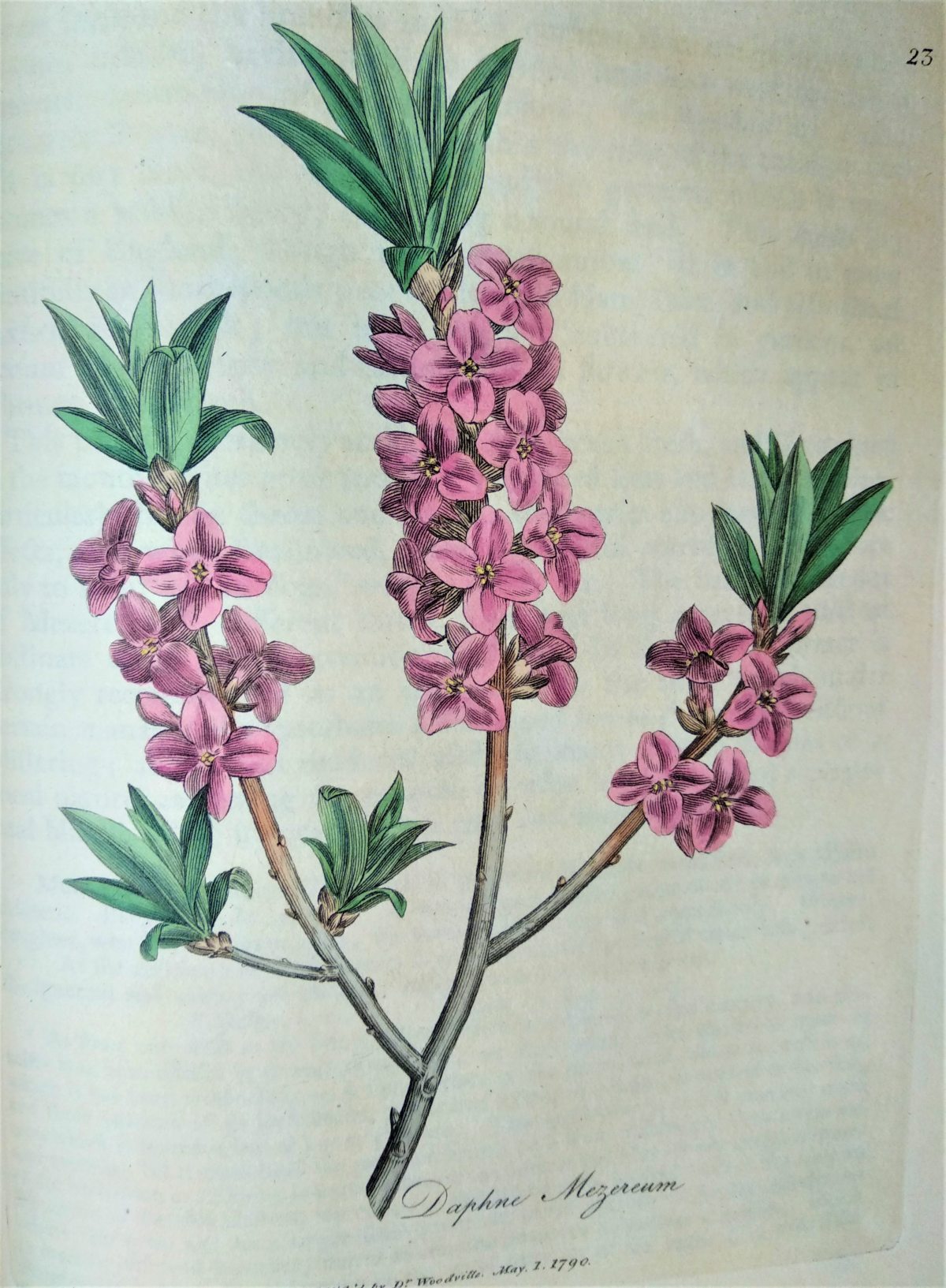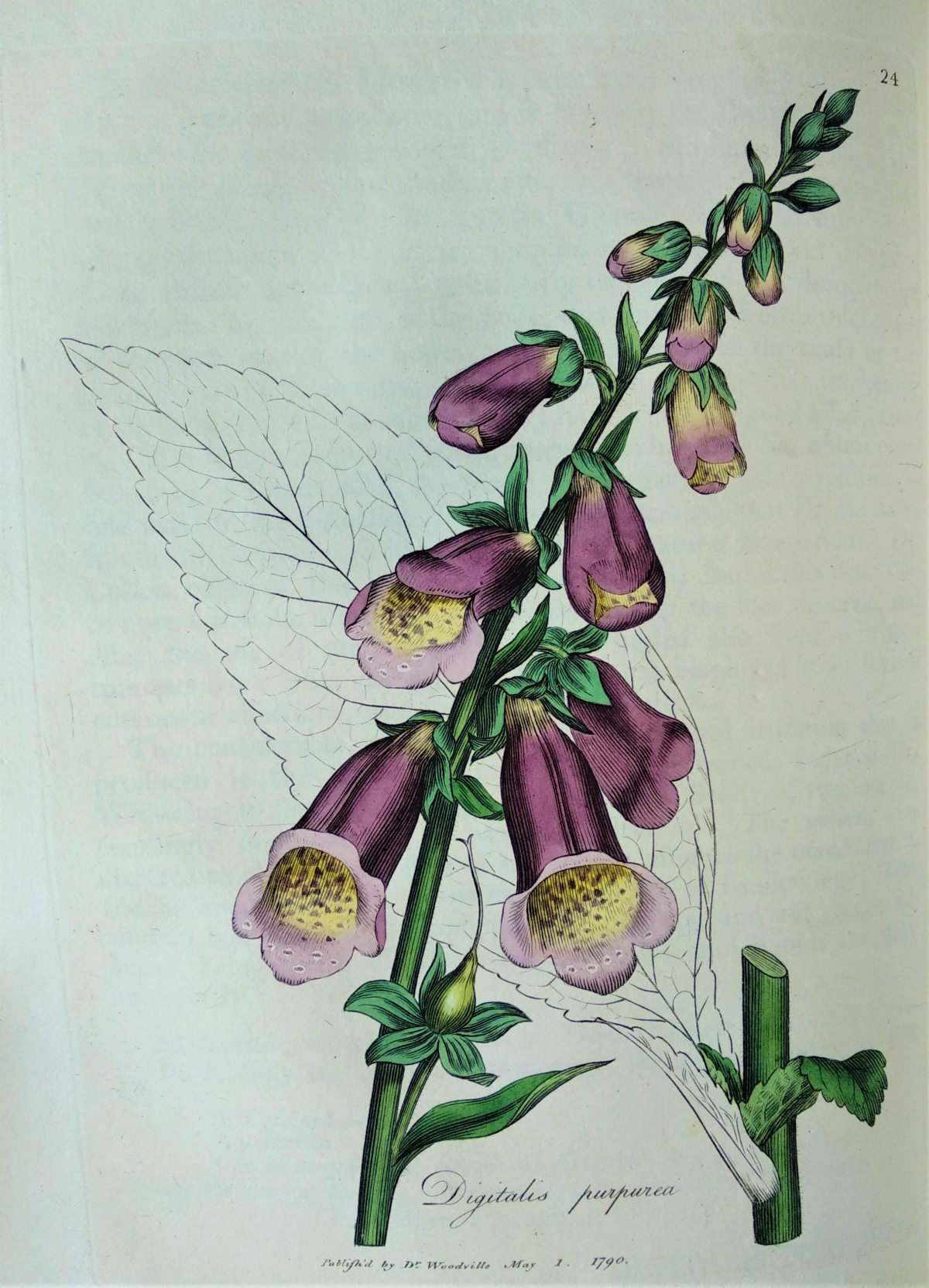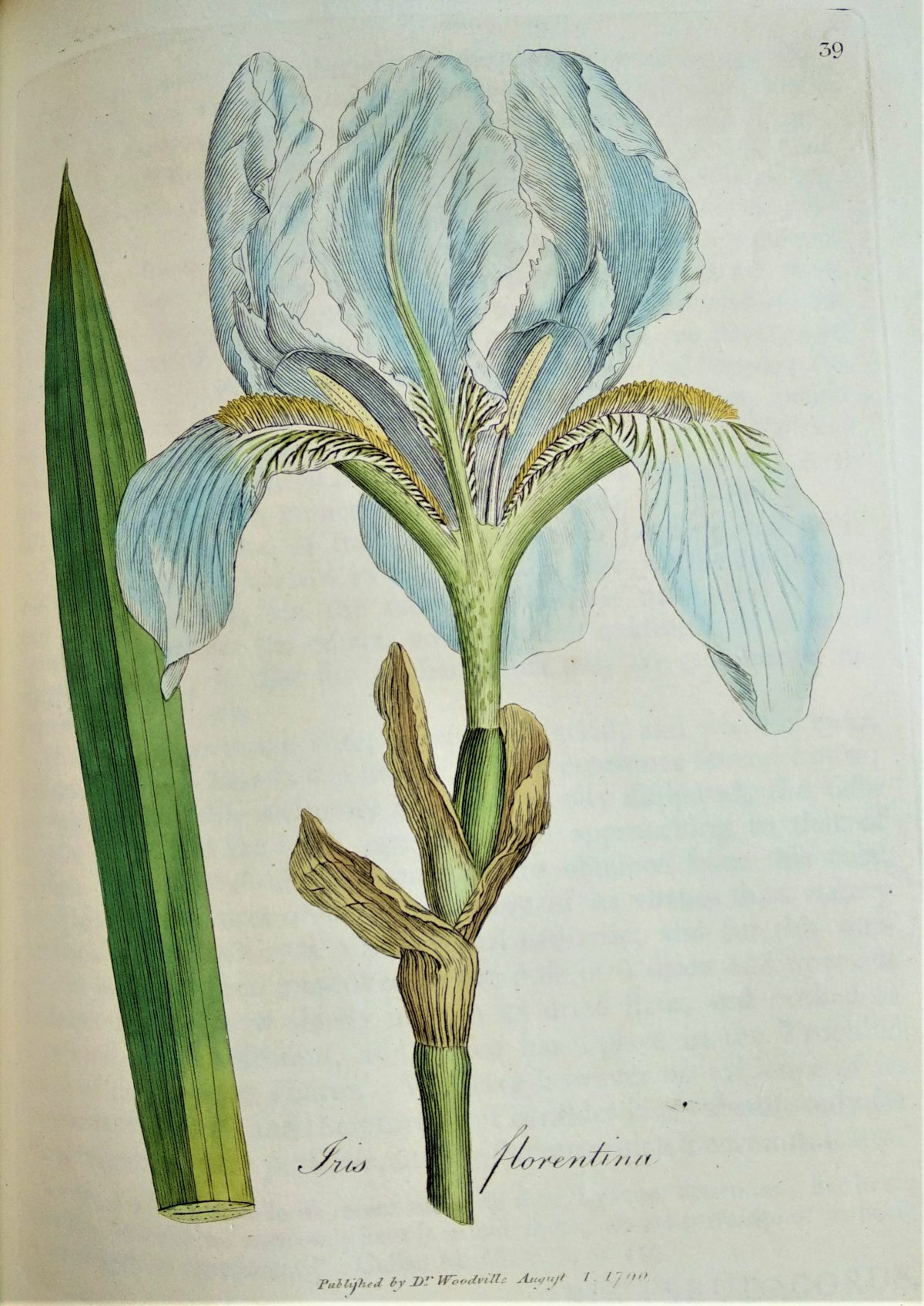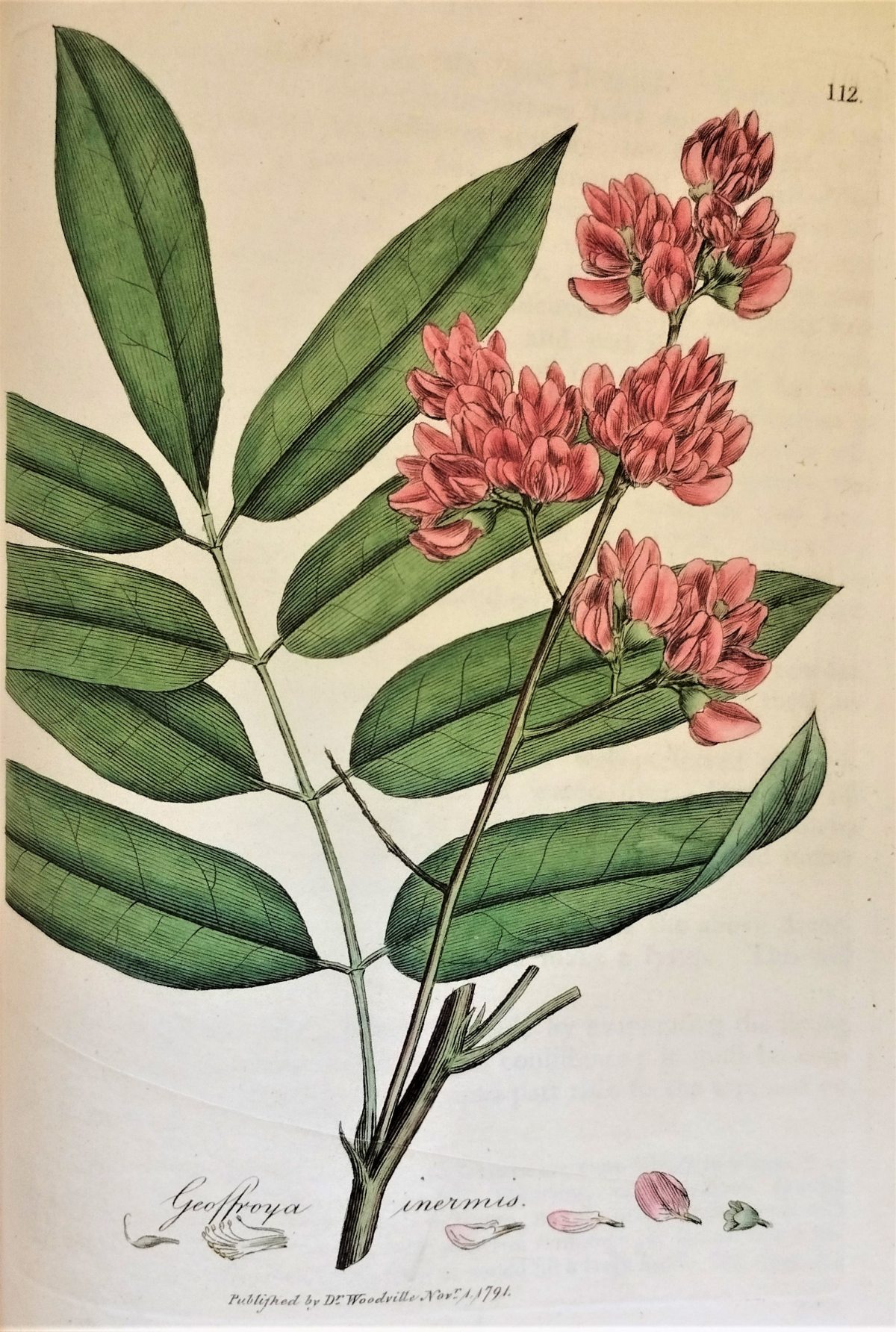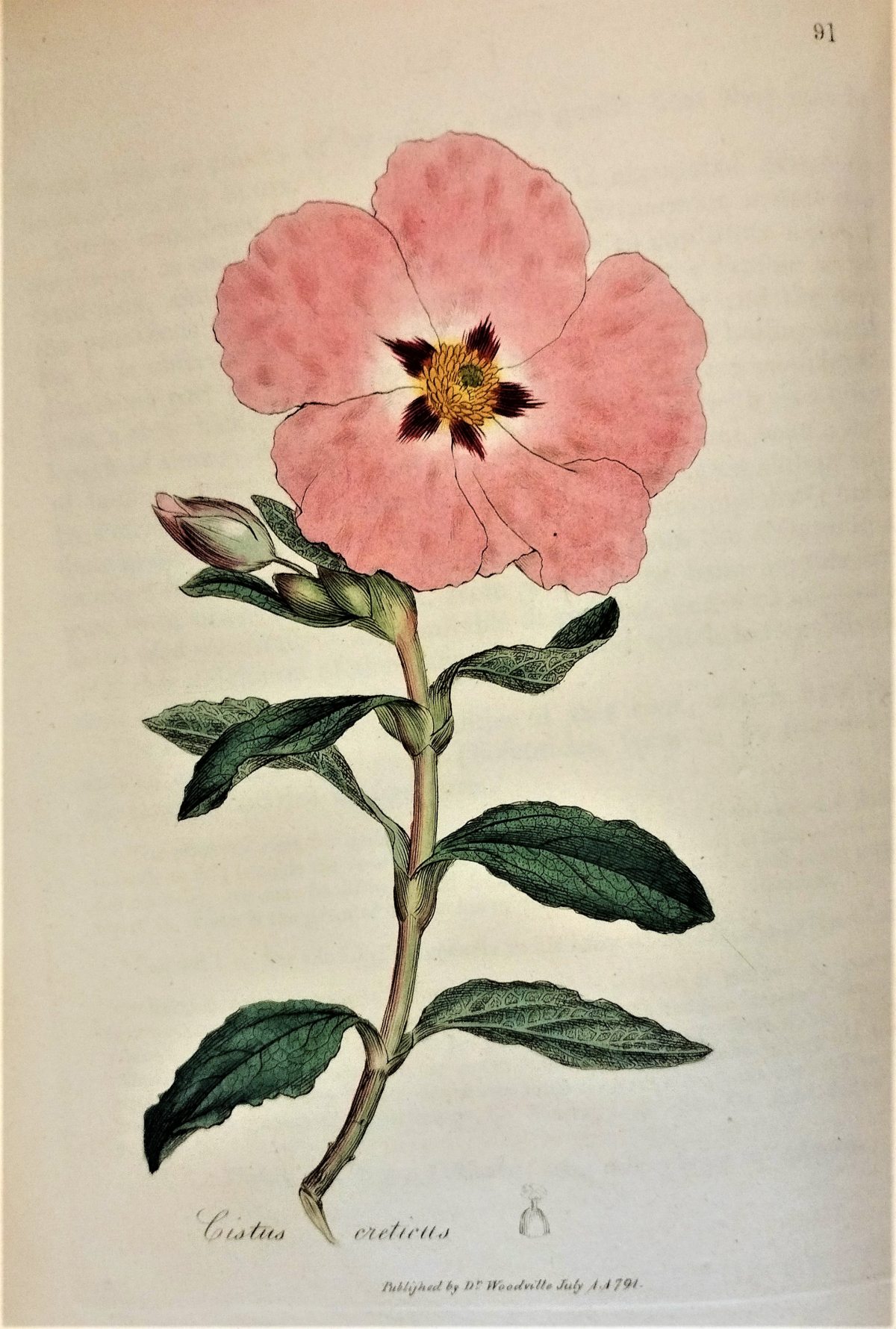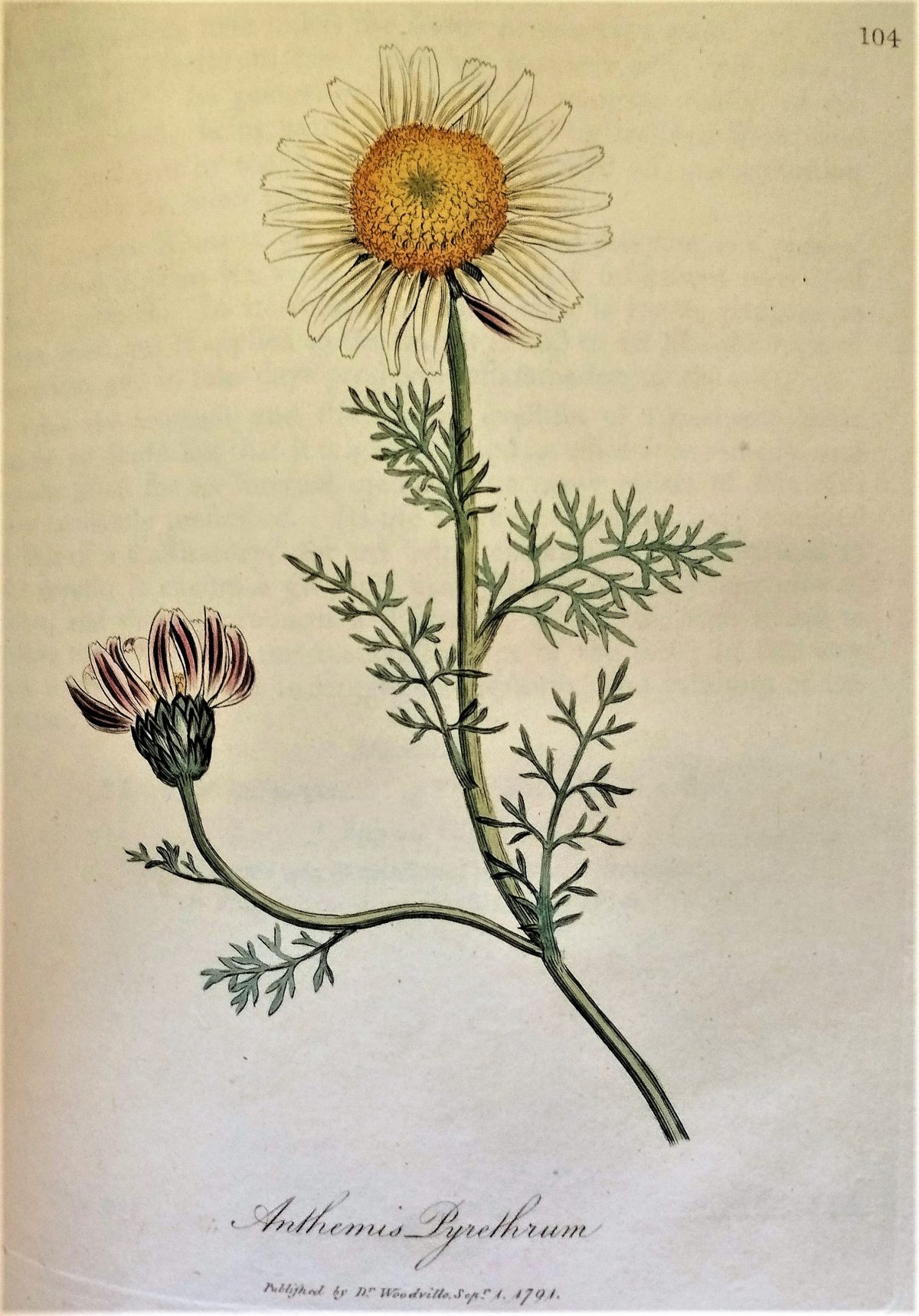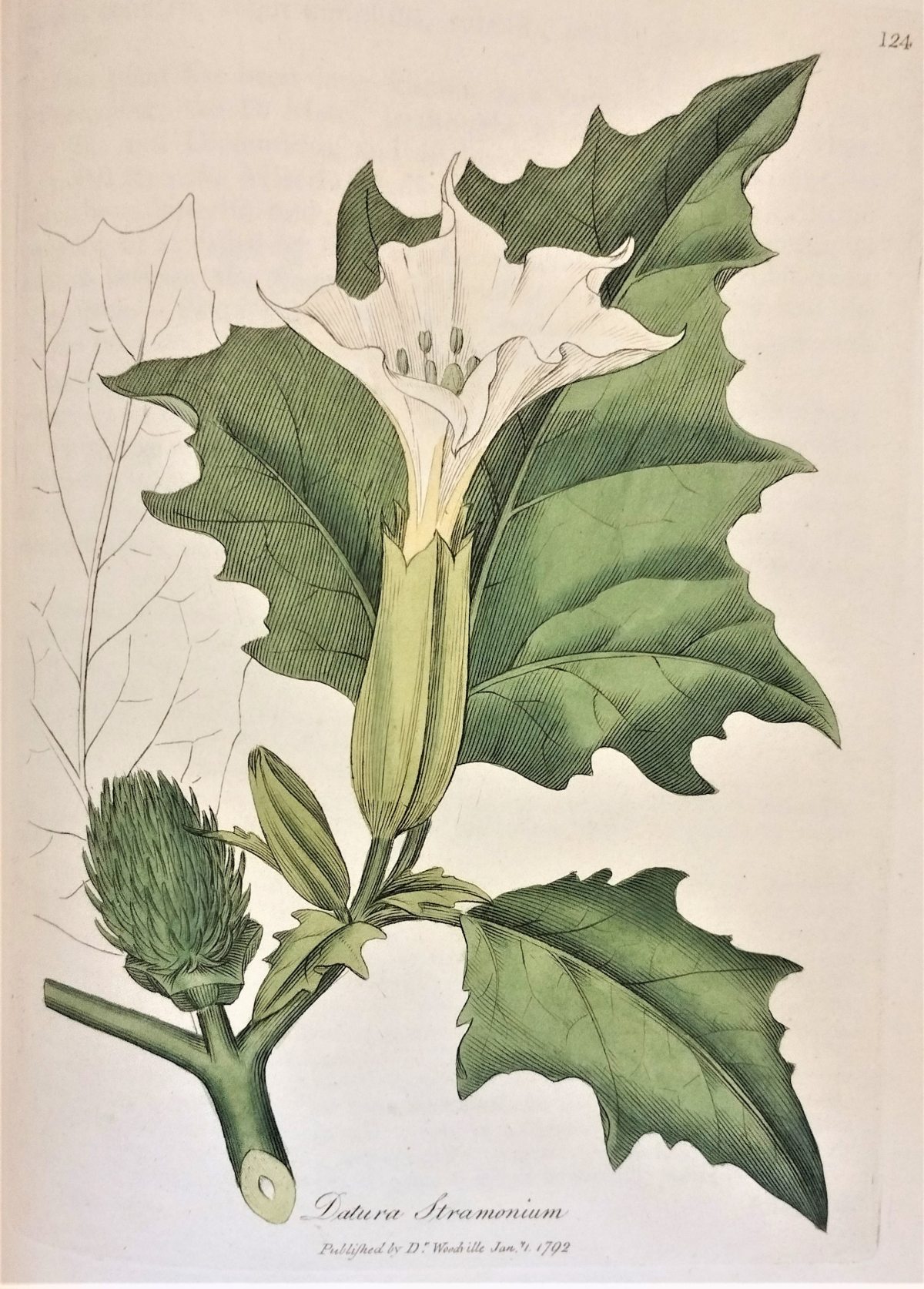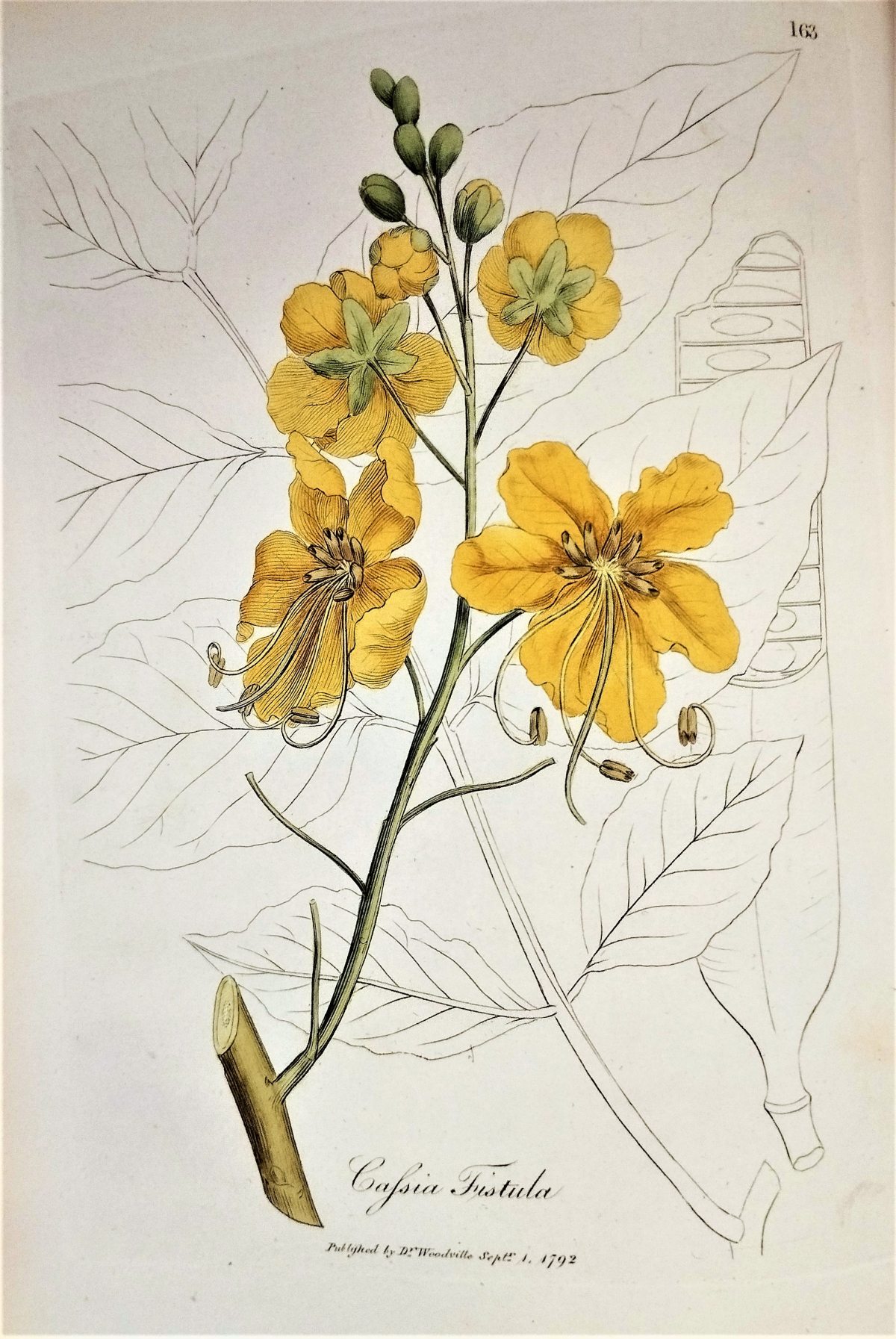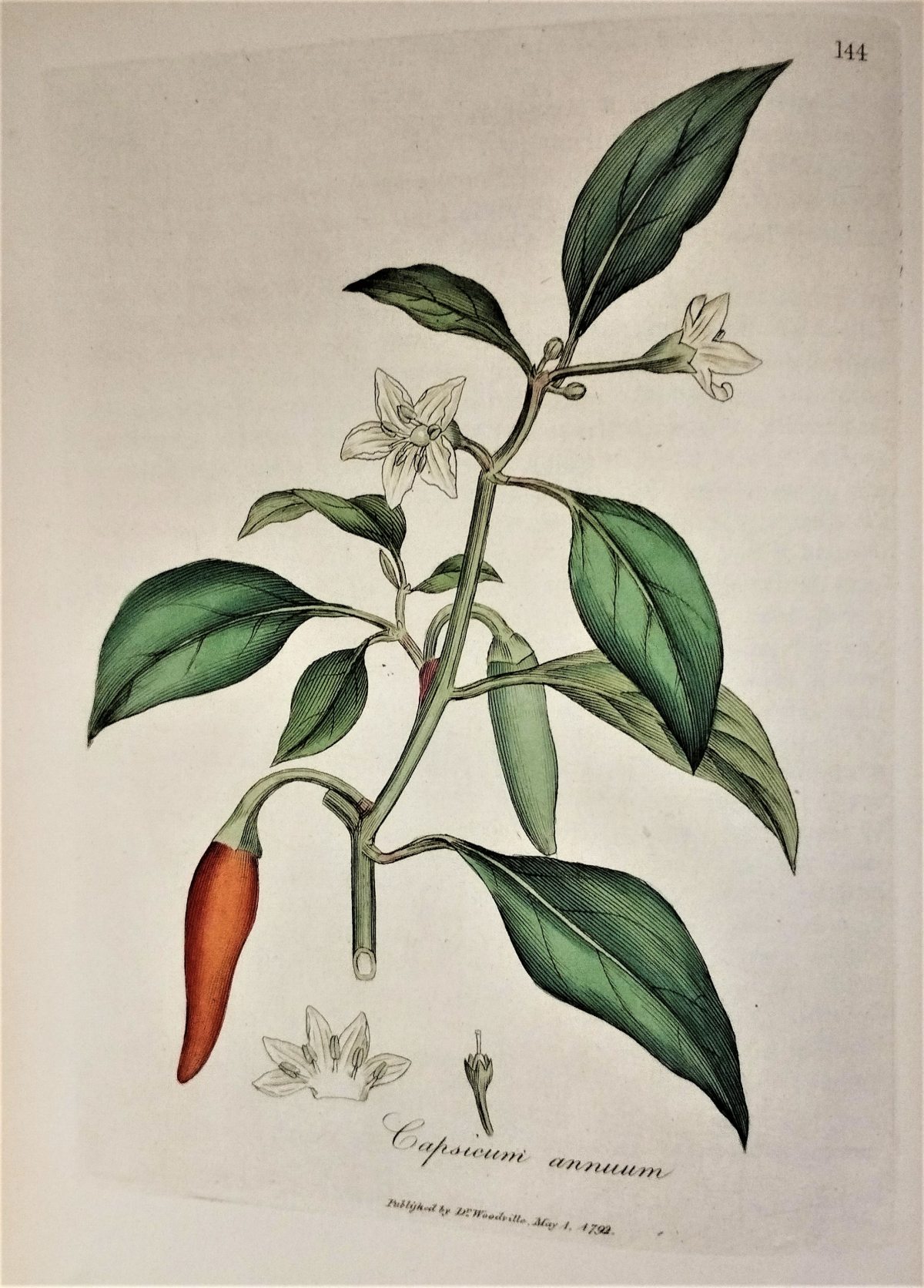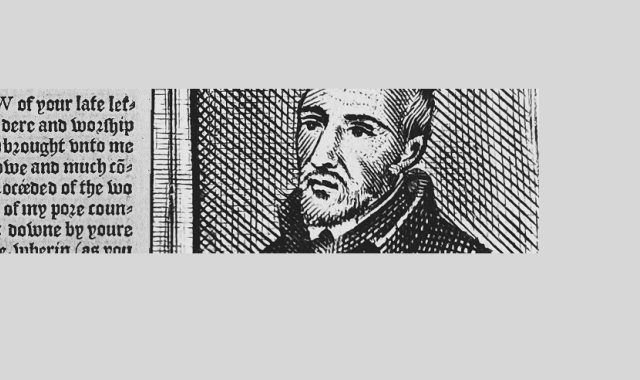Indoor naturalist
Medical Botany, by William Woodville. Printed in London by James Phillips, 1790–1793. Lower Library, L.16.18
William Woodville (1752–1805) is perhaps most well-known for the role he played in the early history of vaccination as a rival of Edward Jenner. However, Woodville also had a deep interest in botany, and between 1790 and 1793 he published his Medical Botany in monthly fascicules, and it remained the standard illustrated work on British herbal medicine for almost a century.
Woodville describes both the botanical characteristics and therapeutic uses of each plant, and every entry is illustrated with an elegant hand-coloured engraving by James Sowerby (1757–1822). In fact, Sowerby eventually became more famous than the book’s author. His later roles in the compilation, publication, and illustration of a number of key works made him a central figure in the history of the scientific description of British flora and fauna. In both his publications and correspondence, Sowerby assisted and encouraged naturalists, or advised collectors of minerals, fossils, plants, birds, and insects. Specimens were sent to him for identification, description, and illustration, and in return he sent duplicate specimens or parts of his various publications.
He was often used as a clearing house by distant correspondents or asked to conduct other errands. With so many demands being made on his time, he claimed – with some irony for an influential naturalist – ‘I have been such a recluse that I scarcely know what is doing out of doors!’
Herbal communication << Indoor naturalist <<>> Anatomy before observation


